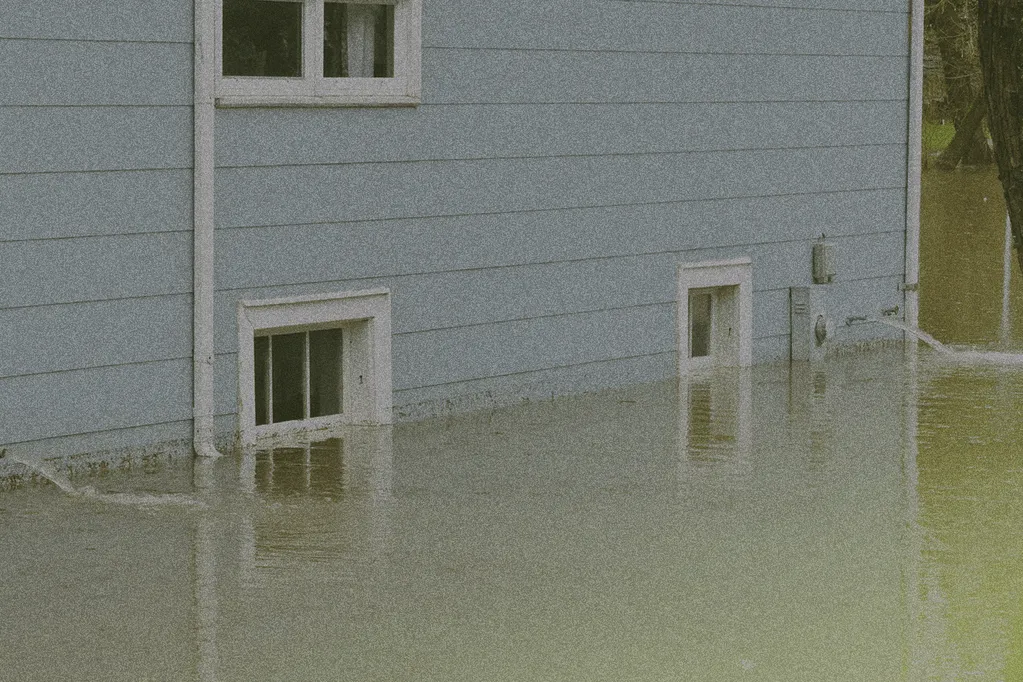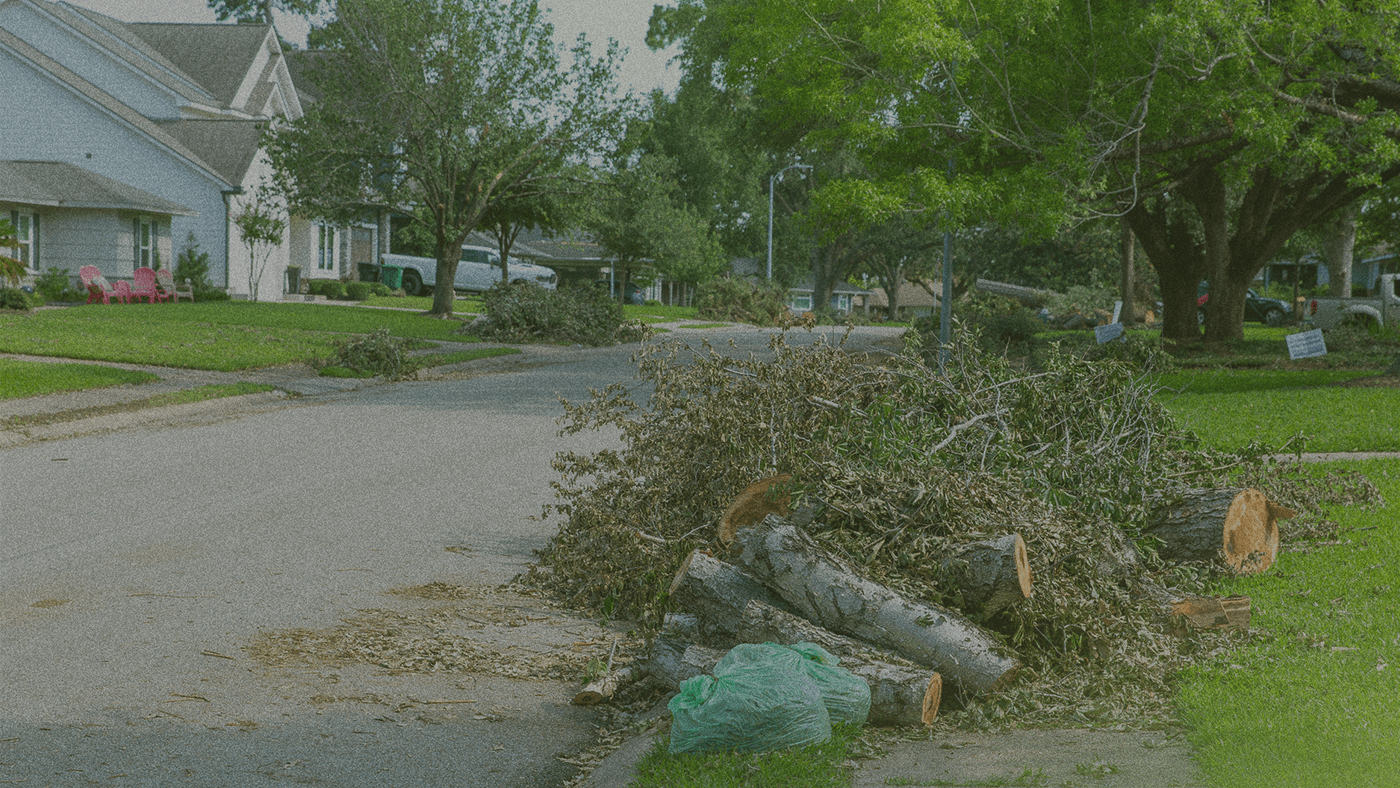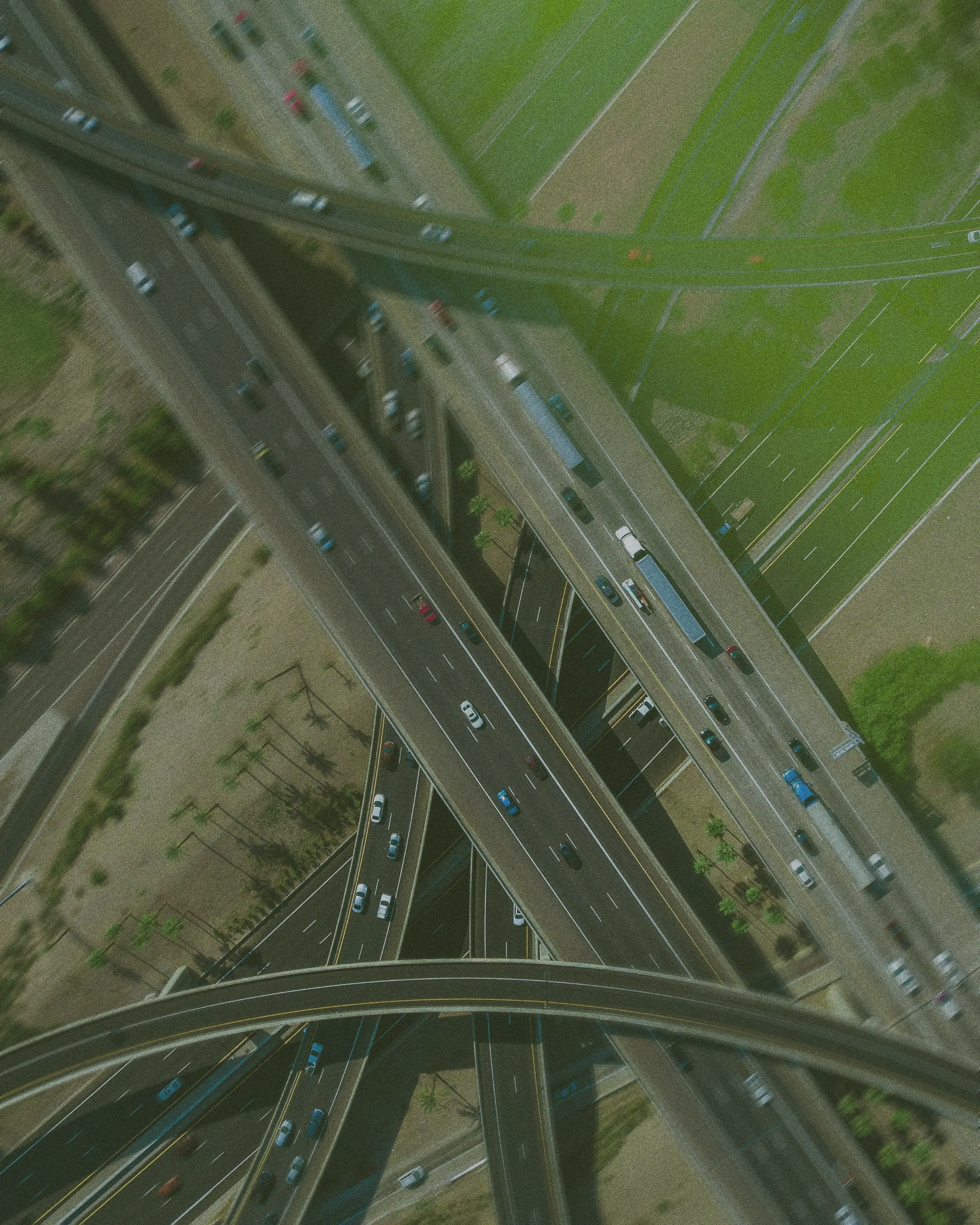BLOG
Alliance Disposal Becomes Sourgum Waste
Read more

Storms can wreak havoc on your home and property, leaving behind debris and damage that can be difficult to clean up. Read our step-by-step guide on storm cleanup and learn about other severe weather recovery tasks, such as hurricane damage cleanup and wind damage cleanup, so you can get your home and property back to pre-storm conditions.
Before touching anything, take time to understand the scope of the damage. Begin outside, walking your property line to spot fallen trees, damaged fences, scattered debris, and any impact to your roof, siding, or windows. Note the hazards that require immediate professional attention, such as downed power lines, gas leaks, or shattered windows. If you notice electrical issues, call your utility company before proceeding. Make sure to photograph every major impact area as you go because these images will be valuable for contractors and insurance claims.
If your walkthrough reveals that you have a large amount of waste, consider renting a roll-off dumpster before cleanup begins. Roll-off dumpsters are ideal for large-scale storm and disaster cleanup, especially when mixed debris from roofing, siding, and landscaping needs to be removed at once.
Sourgum provides dumpsters in sizes suited for projects of any scope, from small yard cleanups to large-scale storm recovery. Options range from compact 10-yard containers that hold about four pickup truck loads to large 30-yard containers that hold about 16 pickup truck loads. Order online with same-day or next-business-day delivery in many areas.
Delivery only requires about 60 feet of clearance in front of the drop location and 23 feet of vertical clearance. No one needs to be home for delivery or pickup, and you can request text message updates on timing.
Storm cleanup exposes you to sharp debris, unstable structures, and slippery conditions. Because of this, you should wear sturdy boots with good traction, heavy-duty gloves, long sleeves, and safety glasses. Never approach flooded zones with standing water if electrical lines are nearby, and avoid entering buildings that appear structurally unstable until a professional gives the all-clear.

Once the area is safe, begin with the easiest items to clear: branches, leaves, and small scattered debris. Rake or blow leaves into piles, cut down and move smaller limbs, and sort materials into yard waste, recyclables, and trash.
Larger items, such as tree trunks, heavy furniture, or torn sections of fencing, may require a chainsaw, dolly, or professional removal service. Always lift with your legs and avoid straining your back to make storm damage cleanup as painless as possible. The same process applies if you are figuring out how to clean up after a hurricane or tackling tropical storm cleanup in a heavily damaged yard.
With the ground cleared, check for deeper damage. Look over your siding and exterior walls for cracks, holes, or loose panels. Examine windows and doors for broken glass or damaged seals. From the ground, scan your roof for missing shingles, dented flashing, or puncture holes. If you suspect structural instability or major roof damage, bring in a licensed contractor rather than attempting repairs yourself.
Storm debris can easily clog gutters and downspouts, leading to future water damage. Wearing gloves, scoop out leaves, twigs, and dirt, then flush the system with a hose to ensure water can move freely. Check that downspouts direct water away from your foundation to prevent basement leaks and erosion.
Basements, crawl spaces, and ground-floor rooms are especially vulnerable after heavy rain or flooding. Look for standing water, soaked carpets, or damp walls. Mold can develop within 24 to 48 hours, so act quickly. Use a sump pump to remove water, run fans and dehumidifiers to dry the space, and clean all hard surfaces with a disinfectant. If water damage is extensive or sewage-contaminated, hire a professional restoration company.
As you work through each step, continue photographing damage and keeping a detailed written inventory of affected areas and items. Include close-up shots for clarity and note any temporary repairs you have made. This organized documentation can speed up the insurance process and help ensure you are fully reimbursed for losses.
High winds, heavy rain, and flying debris can turn minor vulnerabilities in a home into major repair bills in a matter of hours. For example, roof shingles that were already loose can tear away, gutters packed with leaves can overflow into walls, and untrimmed branches can snap and crash through windows. The goal is to reinforce weak points, keep up with maintenance, and understand the specific hazards your property faces so you can stop small issues from becoming expensive disasters.

Install Storm Shutters
Storm shutters protect windows from flying debris during high winds, hail, and heavy rain. They can be made from aluminum, steel, or reinforced polycarbonate panels. For homes in coastal areas, permanently mounted shutters that can be quickly closed before a storm offer the fastest protection.
Reinforce the Roof
Hurricane straps, clips, and other wind-resistant fasteners connect your roof to the walls more securely. If replacing your roof, consider impact-resistant shingles rated for high wind zones.
Secure Loose Siding and Doors
Make sure all panels are firmly attached and replace damaged or warped sections promptly. A reinforced garage door can prevent wind from entering and creating internal pressure that damages the roof.
Keep Gutters and Downspouts Clear
Since clogged gutters cause water to overflow and damage siding, windows, and foundations, you should make sure to clean gutters at least twice a year and after major storms.
Direct Water Away from the Foundation
Downspouts should extend several feet away from the house. Consider installing splash blocks or underground drain lines to carry water further.
Inspect Grading Around Your Home
Soil should slope away from the foundation. Regrade low spots where water tends to pool.
Trim or Remove Hazardous Trees
Overhanging branches can break during high winds, damaging roofs, cars, and power lines. Hire a certified arborist to inspect trees for disease, rot, or weak limbs.
Secure Outdoor Items
Patio furniture, grills, playsets, and garden tools can become dangerous projectiles. Before a storm, bring them inside or secure them with heavy-duty straps.
Choose Wind-Resistant Plants
In high-risk areas, opt for low-profile shrubs and deep-rooted trees that are less likely to be uprooted.
Elevate Critical Systems - If possible, raise HVAC units, water heaters, and electrical panels above projected flood levels.
Install Flood Vents and Foundation Seals - These help equalize water pressure during flooding and reduce structural damage.
Add a Sump Pump with a Battery Backup - A sump pump can remove water quickly, but a battery backup ensures it works even during a power outage.
Use Backflow Valves - These prevent sewage from backing up into your home during heavy rain or rising water.
Even with all precautions in place, some storms will still cause damage. Having a plan makes recovery faster and safer.
Keep a waterproof container with important documents such as insurance policies, home deeds, and medical records.
Stock a kit with flashlights, batteries, a first aid kit, non-perishable food, bottled water, and necessary medications.
Create a communication plan with family members in case you are separated during a storm.
